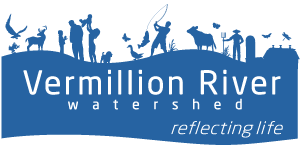Wetland Regulations in Minnesota
In 1991, Minnesota adopted the Minnesota Wetland Conservation Act (WCA) into law. The specific purposes of the WCA are expressed in Minnesota Rules Chapter 8420 available here: 8420.0100 – MN Rules Part
The primary goals of the WCA are to maintain existing wetlands so there are no further losses and to restore or enhance wetlands that have been drained or diminished.
Someone proposing to change their land in a way that might impact a wetland by filling or draining will need to apply for a permit. When a landowner applies for a permit for building, grading, etc., the permitting authority (city, township, or SWCD) will review the permit and determine the extent and types of wetlands on the site. The landowner must consider alternatives to avoid disturbing wetlands. Project design may change to avoid or minimize wetland impacts. However, where wetland impacts are going to occur and cannot be avoided, replacement of wetland on- or off-site is required to replace the functions lost by the wetland impact.
When planning a project, especially if that project might include a low or wet area, talk to your local unit of government about a wetland permit. You may not need a permit, but it is better to find that out ahead of time instead of receiving a penalty after the fact. At a minimum, consider wet and low areas and potential drainageways when planning to build on your property; in many cases these areas can be avoided with good planning and design.


